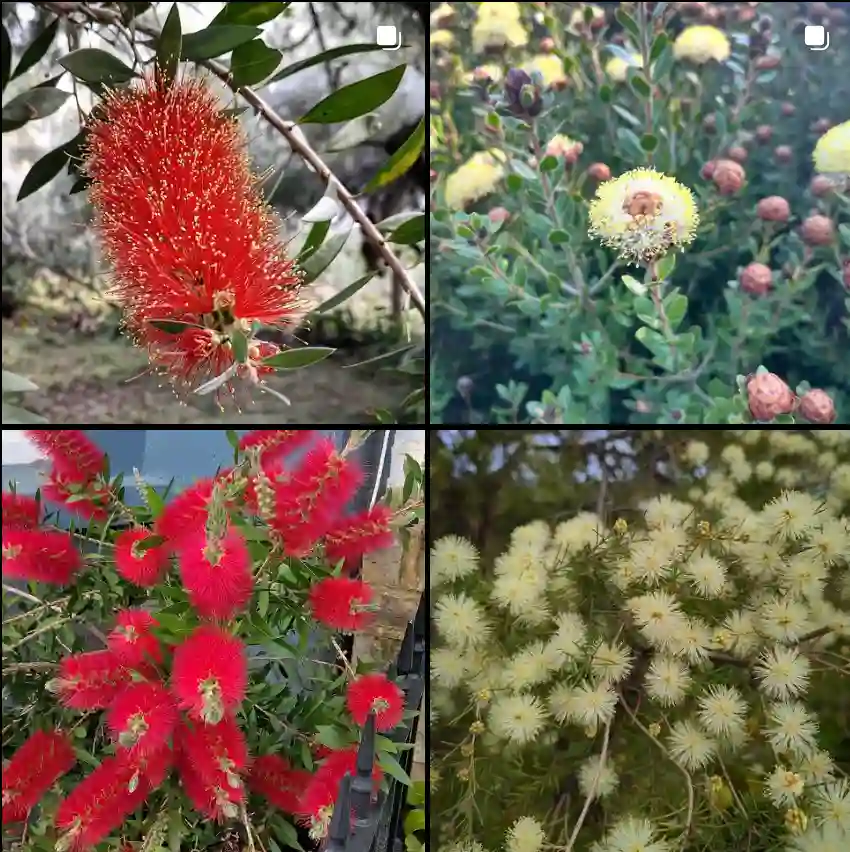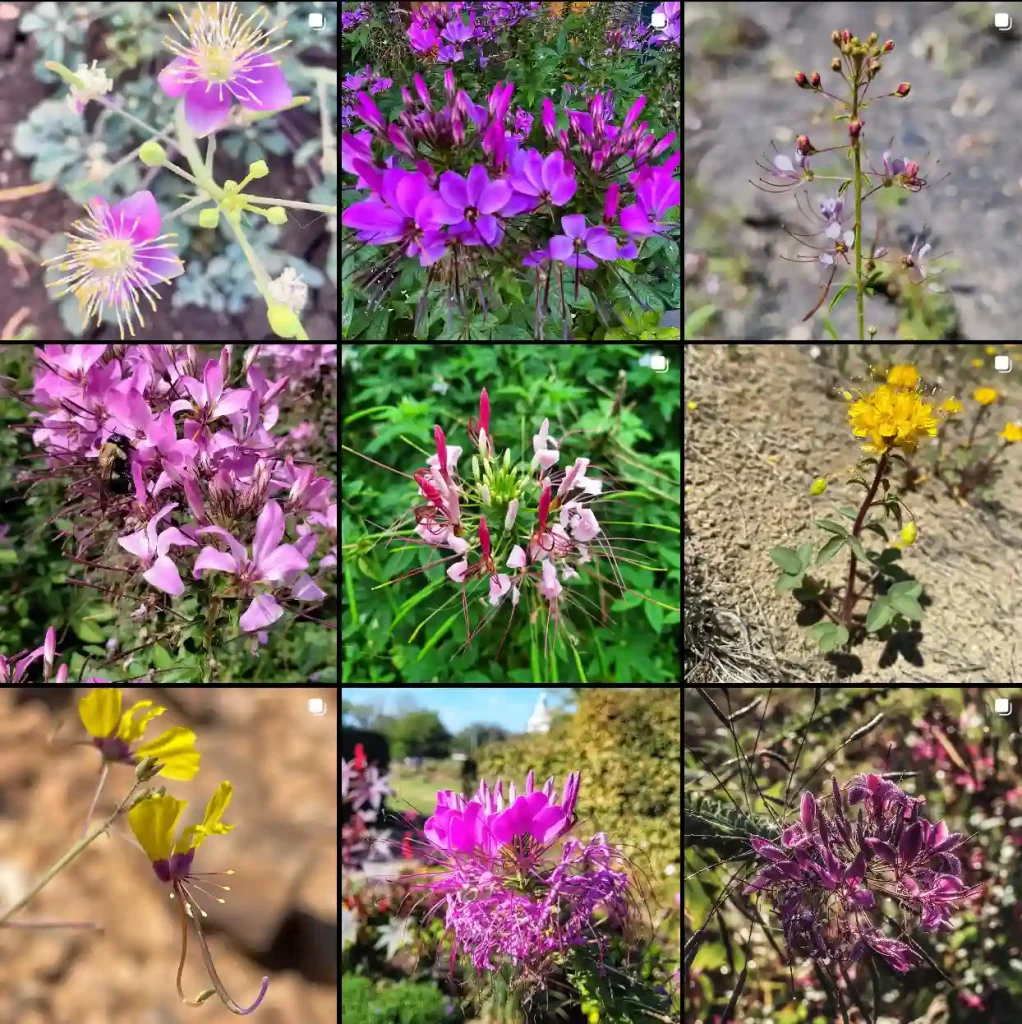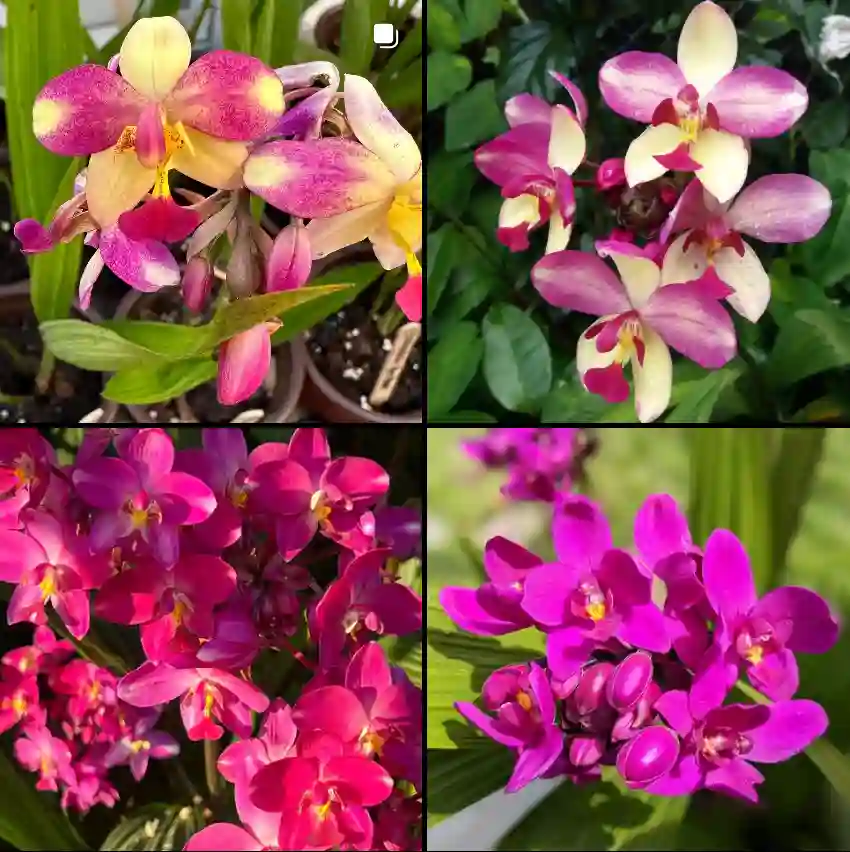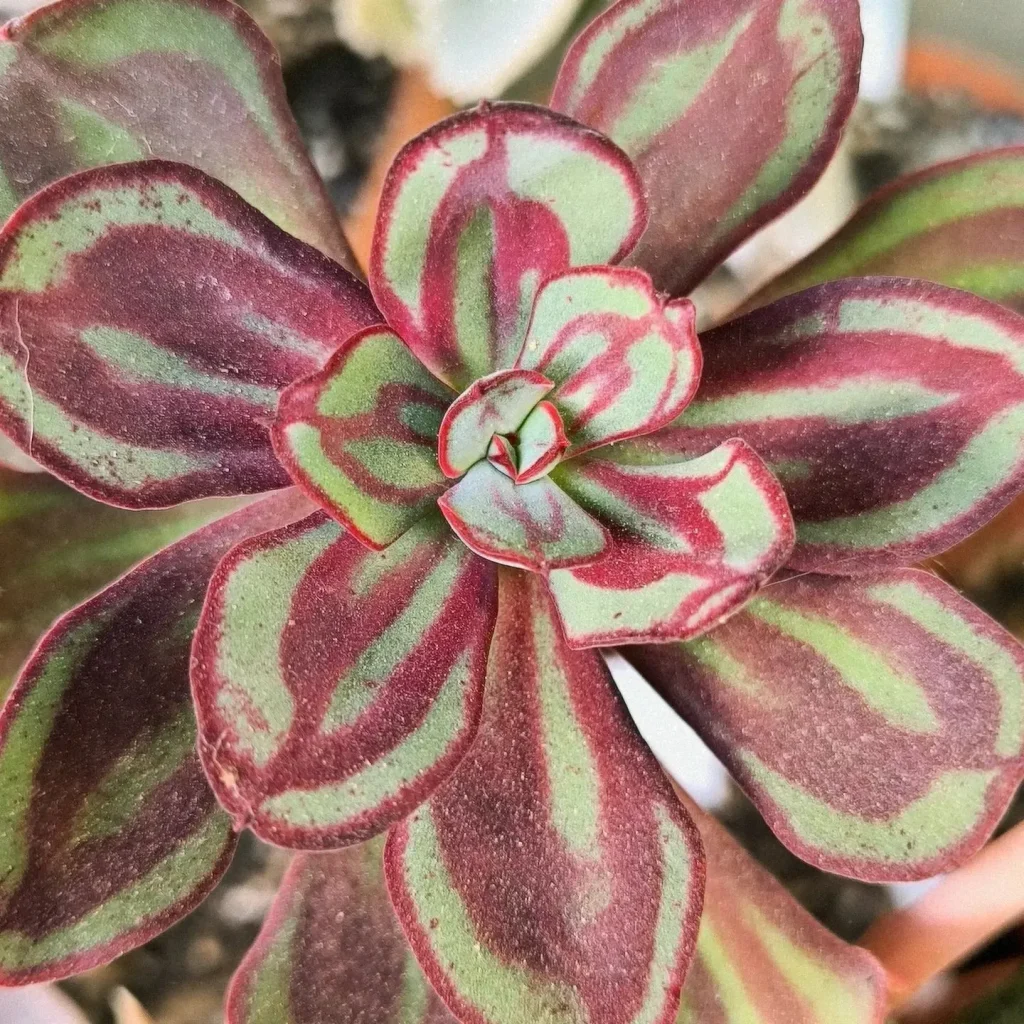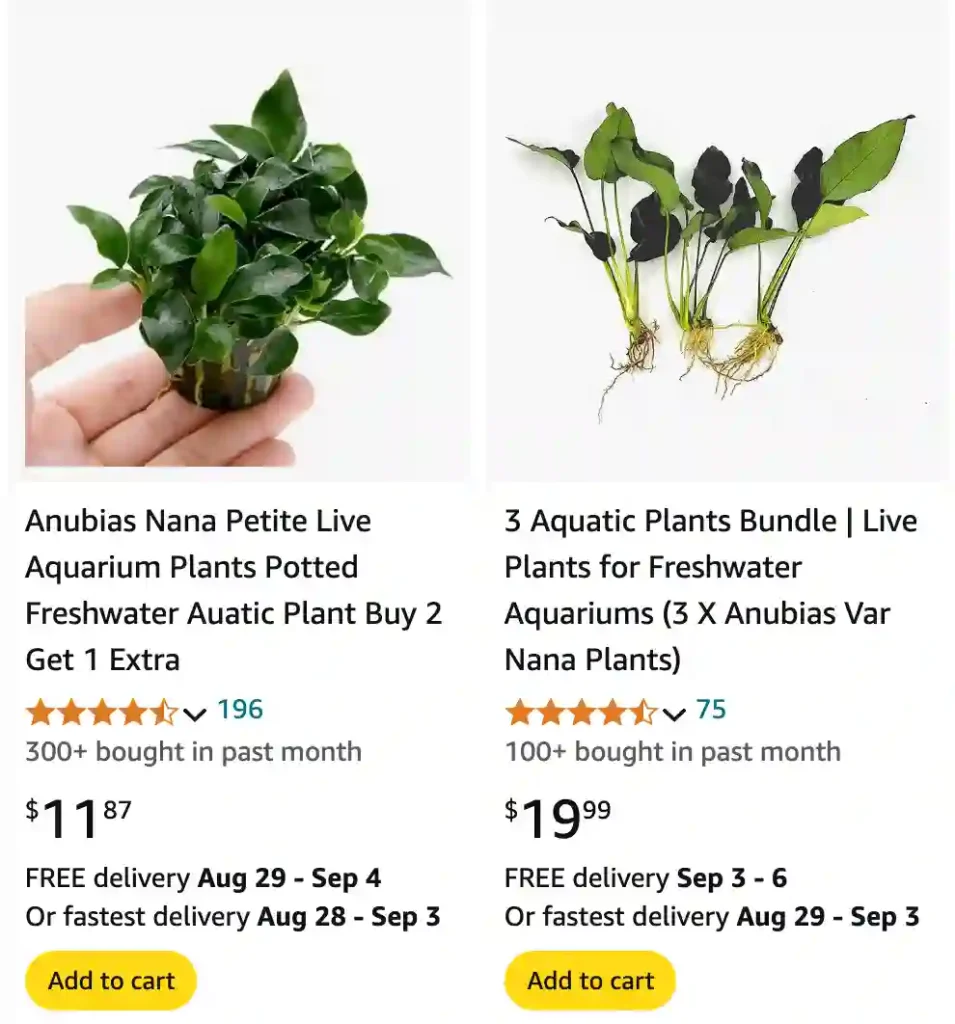
October 6 – Anubias
"Anubias, the aquatic beauty, represents October 6."
Anubias symbolizes tranquility and grounding. You bring peace to chaotic situations. Like its underwater elegance, you flow gracefully through life.
Anubias: My Underwater Obsession
Hi, I’m Ferb Vu, and I’m a bit obsessed with Anubias. These aquatic plants belong to the Araceae family, native to the tropical regions of Central and Western Africa, have completely captivated me. Their hardiness, adaptability, and sheer beauty make them a staple in my aquariums, and I’m always eager to learn more about them.
Why Anubias?
What’s the big deal about Anubias, you ask? Well, for starters, they’re incredibly low-maintenance. Unlike many other aquatic plants that demand strong light and CO2 supplementation, Anubias thrive in a variety of conditions. They can tolerate low light, fluctuating water parameters, and even the occasional bout of neglect. This makes them perfect for beginners and experienced aquarists alike.
But it’s not just their resilience that I admire. Anubias possess a unique aesthetic appeal. Their thick, dark green leaves come in a variety of shapes and sizes, adding a touch of natural elegance to any aquascape. Whether you’re aiming for a lush jungle vibe or a minimalist underwater garden, there’s an Anubias species to suit your style.
A Diverse Genus
The genus Anubias encompasses a fascinating array of species, each with its own distinct characteristics. Here are:
- Anubias afzelii Schott
- Anubias barteri Schott Plant FAQs: Anubias Barteri
- Anubias gigantea A.Chev. ex Hutch.
- Anubias gilletii De Wild. & T.Durand
- Anubias gracilis A.Chev. ex Hutch.
- Anubias hastifolia Engl.
- Anubias heterophylla Engl.
- Anubias pynaertii De Wild.
How to Plant Anubias?
Planting Anubias is straightforward. The key is not to bury the rhizome (the thick, horizontal stem) in the substrate. Instead, attach the rhizome to rocks or driftwood using fishing line, thread, or even glue designed for aquarium use. If you bury the rhizome, it can rot, so keep it above the substrate level. Anubias thrives in low to moderate light, making it ideal for various aquarium setups.
Can Anubias Grow Out of Water?
Yes, Anubias can grow out of water. This plant is quite adaptable and can thrive in both aquatic and terrestrial environments. However, its growth will be slower out of water, and the plant might need more humidity to stay healthy. It’s commonly grown emersed in paludariums or terrariums, where its foliage can make a stunning addition to the landscape.
How to Propagate Anubias?
Propagating Anubias is simple. You can do this through rhizome division. Carefully cut the rhizome into sections, making sure each section has at least a few leaves and roots. Reattach these sections to rocks or driftwood. Over time, each piece will grow into a new plant. Anubias does not propagate through cuttings or seeds as easily as some other plants.
Does Anubias Need Substrate?
No, Anubias doesn’t need a substrate to thrive. While it can grow in one, it primarily benefits from being attached to hard surfaces like rocks or driftwood. In an aquarium, you can let it float or anchor it with its roots, but it will not grow directly from the substrate itself.
How to Grow Anubias Fast?
Anubias grows slowly compared to some other aquarium plants, but you can encourage faster growth by providing it with good lighting and a nutrient-rich environment. Adding a liquid fertilizer that contains micronutrients can help. Also, keeping the water clean and avoiding excessive algae growth will create better conditions for your Anubias to grow.
Are Anubias Root Feeders?
Anubias is not a root feeder. It primarily absorbs nutrients from the water column rather than through its roots. The roots are mainly used for anchoring the plant rather than nutrient uptake. However, having a healthy root system helps stabilize the plant in its attachment to rocks or wood.
Can Anubias Float?
Technically, Anubias can float if it’s not anchored down, but it’s not ideal. Floating can lead to the rhizome being exposed, which can result in it drying out or getting damaged. It’s best to anchor Anubias to a solid surface to ensure it remains healthy and stable.
Can Anubias Grow in Sand?
Anubias can grow in sand, but it’s not the ideal substrate. Sand can make it challenging to anchor the rhizome properly. If you’re using sand, ensure that the rhizome is securely attached to a piece of driftwood or rock, as sand alone won’t provide adequate support.
Anubias vs Amazon Sword
When comparing Anubias to Amazon Sword, there are a few key differences. Anubias is a slow-growing plant with thick, dark green leaves and is suited for low-light conditions. The Amazon Sword, on the other hand, grows much faster and has long, narrow leaves. Amazon Sword requires more light and nutrients than Anubias and can become quite large.
Anubias vs Bucephalandra
Anubias and Bucephalandra are similar in many ways, including their preference for being attached to hard surfaces and their slow growth rates. However, Bucephalandra often has more varied leaf shapes and colors compared to Anubias. Both plants thrive in low to moderate light, but Bucephalandra generally requires slightly more care regarding water conditions and nutrients.
Anubias vs Java Fern
Anubias and Java Fern are both excellent choices for aquarium plants. They both grow well in low light and can be attached to rocks or driftwood. The main difference is that Java Fern has a more delicate appearance with smaller, finer leaves compared to the thicker, sturdier leaves of Anubias. Java Fern also has a slightly faster growth rate and may need more frequent trimming.
What to Plant With Anubias?
Anubias pairs well with other low-light plants like Java Fern, Cryptocoryne, and various types of mosses. Combining these plants can create a lush, diverse aquarium environment. Just make sure that the companion plants have similar care requirements to ensure a harmonious aquarium ecosystem.
How to Care for Anubias?
Caring for Anubias involves providing it with a stable environment. Ensure that it has access to low to moderate light, and avoid burying the rhizome in the substrate. Regular water changes and minimal nutrient dosing will help maintain a healthy environment for your Anubias.
Is Anubias Toxic?
Anubias is not known to be toxic to humans or animals. However, as with any plant, it’s a good idea to handle it with care and keep it away from small children or pets that might ingest it.
Anubias is a versatile and forgiving plant, making it a fantastic choice for various aquarium setups. Whether you’re just starting or looking to expand your aquatic garden, Anubias is worth considering for its beauty and ease of care.
If i die, water my plants!
